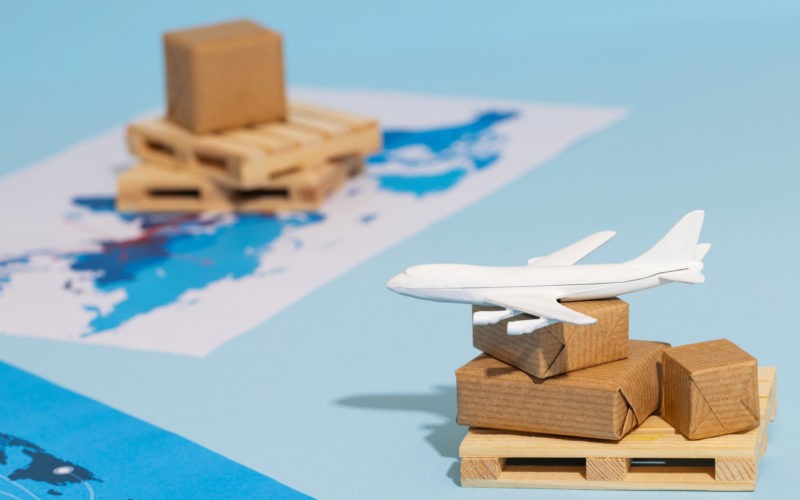In today’s interconnected world, the demand for real-time data has never been greater. Industries such as oil and gas, environmental monitoring, and infrastructure management rely on telemetry data to make critical decisions and ensure the safety and efficiency of their operations. However, accessing telemetry data from remote locations poses significant challenges. Fortunately, advancements in technology have paved the way for innovative solutions that enable the capture, retrieval, and gap detection of telemetry data, even in the most remote and inaccessible areas.
The Significance of Telemetry Data in Remote Industries
Telemetry data plays a crucial role in remote industries, providing valuable insights into the performance and condition of assets, infrastructure, and environmental parameters. In the oil and gas sector, telemetry data allows operators to monitor production levels, detect equipment failures, and optimize drilling and extraction processes. Similarly, in environmental monitoring, telemetry data helps scientists track changes in air and water quality, wildlife habitats, and weather patterns. For infrastructure management, telemetry data enables authorities to monitor the health and integrity of bridges, roads, and utilities, ensuring public safety and minimizing disruptions.
Challenges of Capturing Telemetry Data in Remote Locations
Capturing telemetry data in remote locations presents several challenges. Limited connectivity, harsh environmental conditions, and geographical obstacles can hinder the transmission and retrieval of data. Traditional methods, such as manual data collection or fixed monitoring stations, are often impractical or ineffective in remote areas. As a result, gaps in telemetry data can occur, leading to incomplete or inaccurate insights and potentially compromising the safety and efficiency of operations.
Technology Solutions for Telemetry Capture
Advancements in technology, such as the Beeks Analytics Appliances, have opened up new possibilities for capturing telemetry data in remote locations. Wireless sensor networks, satellite communication systems, and unmanned aerial vehicles (UAVs) are just a few examples of the innovative solutions that are transforming telemetry data capture. These technologies enable real-time monitoring and data transmission, allowing organizations to overcome the limitations of traditional methods and access critical information from even the most remote and inaccessible areas.
Retrieving Telemetry Data in Real-Time
Once telemetry data is captured, the next challenge is retrieving it in real-time. Cloud-based data storage and analytics platforms offer a scalable and flexible solution for storing, processing, and accessing telemetry data from anywhere in the world. These platforms provide organizations with the ability to monitor assets and infrastructure remotely, receive instant alerts and notifications, and make data-driven decisions in real-time. By leveraging cloud-based solutions, organizations can streamline their operations, improve efficiency, and enhance safety across their remote operations.
Detecting Gaps in Telemetry Data
Despite advancements in telemetry data capture and retrieval, gaps in data can still occur due to various factors such as network outages, equipment malfunctions, or environmental disruptions. Detecting and addressing these gaps in real-time is essential to ensuring accurate and reliable data insights. Automated gap detection algorithms and alert systems can help organizations identify and mitigate data gaps quickly, minimizing the impact on operations and decision-making processes.
Empowering Remote Industries with Technology
Technology plays a pivotal role in enabling the capture, retrieval, and gap detection of telemetry data in remote locations. By leveraging wireless sensor networks, satellite communication systems, cloud-based platforms, and automated algorithms, organizations can overcome the challenges of accessing telemetry data in remote areas and unlock valuable insights that drive safety, efficiency, and innovation across industries. As technology continues to evolve, the possibilities for telemetry data capture and analysis in remote locations are limitless, empowering organizations to bridge the gap between data and decision-making like never before.












